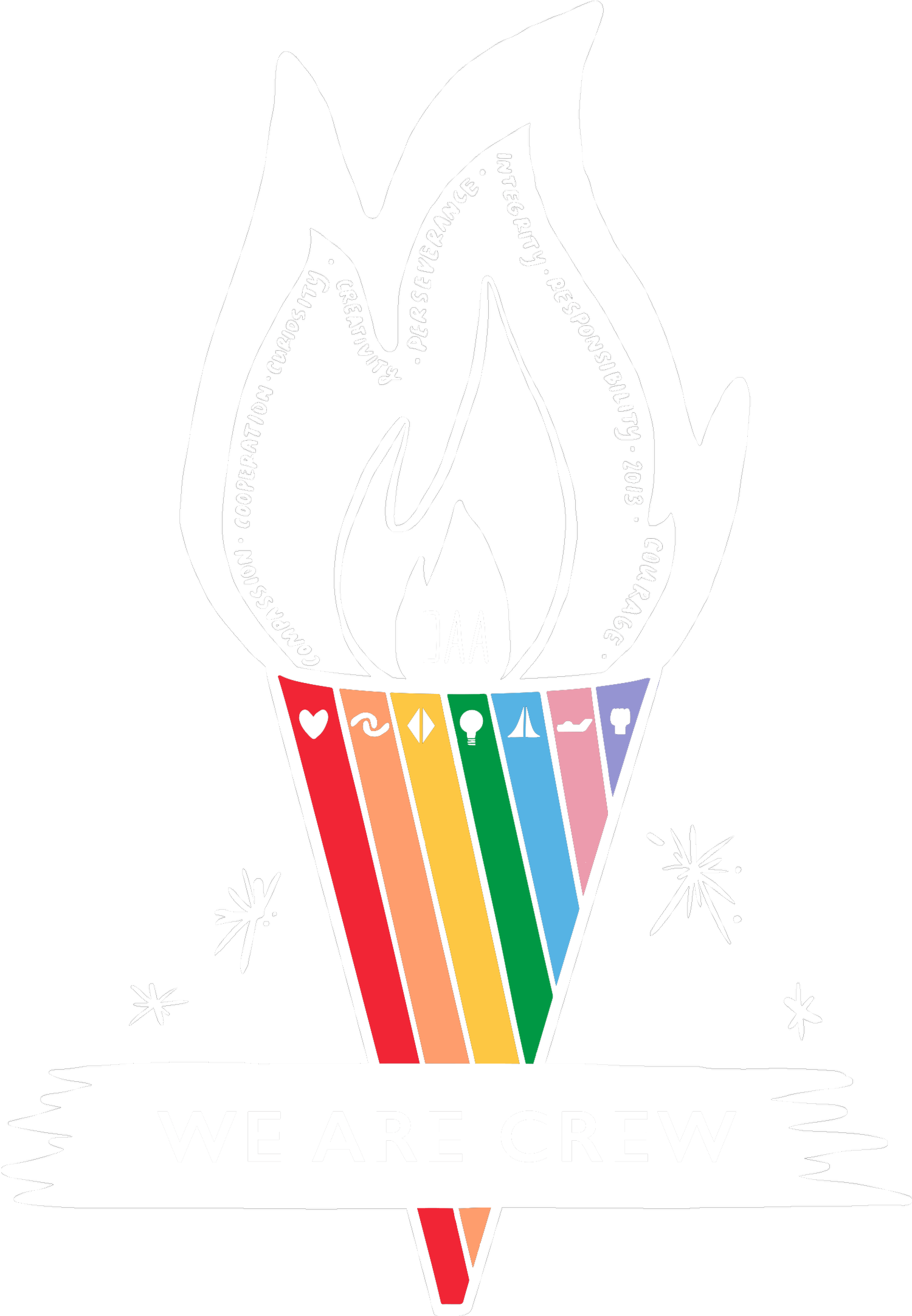Art Projects from 2014-2015
Some of the projects completed in art class are original or modified ideas, some are taken from teacher resources, and others are found on the web. Knowledge is available in many forms these days, and there are plenty of places to draw inspiration from! Here are some examples of projects that have worked out well this school year in terms of both student learning and final product. Each involved rough drafts and/or introductory activities to build understanding prior to what is shown. The materials used include tempera paint, watercolor paint, crayons, markers, oil pastels, construction paper, scissors, glue, cardboard, and popsicle sticks. If you wanted to give something a try, but don’t have access to all of those supplies, a pencil and some crayons or markers would work fine for introducing the different ideas!
Second Grade Birch Trees:
One of the best things about this project is that it offers the chance to introduce (or review) such a wide variety of concepts! It’s one that all of the students were successful with, and I’m a huge fan of the way they turned out. The concepts that were covered included: foreground, middleground, background, the idea that objects appear smaller as they recede, warm and cool colors, and the use of non-traditional materials.
Process:
1. Draw three lines on the bottom half of a horizontal paper. The three sections created (from bottom to top) represent foreground, middleground, and background.
2. Use tempera paint to paint each of those sections one of the three cool colors (purple, green, and blue).
3. Paint the remaining top half of the paper with warm colors (red, yellow, and orange) to represent the sky.
4. Once everything is dry, paint vertical white lines for the birch trees, including bases in the foreground, middleground, and background. The ones in the foreground (closest to the viewer) should be the largest.
5. While the white paint is still wet, dip the edge of a small piece of cardboard into black paint and scrape it horizontally across the birch trees, creating the illusion of bark.
First Grade Picasso Portraits:
First graders were very engaged by the ideas represented in this type of portrait. We discussed how Pablo Picasso mastered more traditional painting before using our Habit of Character curiosity and creativity to try some new things. One was to show multiple perspectives in a single portrait. At first, students found this idea sort of silly and strange, but they were soon occupied with executing it themselves, and quite proud of the results. They created their own versions; showing faces from the front and the side simultaneously (this can be most clearly demonstrated by covering up one half of the face and then the other to look at them separately). They were able to choose non-traditional colors to use, and each turned out very differently with its own unique flair!
Process:
1. Draw a rectangle on the paper for a portrait “frame.”
2. Draw the head (an oval), neck, and shoulders.
3. Draw a line vertically down the center of the face, straight except for a nose pointed to the left.
4. Draw the eye on the left looking forward, and the eye on the right as though from a side view.
5. Add details such as a mouth, eyebrows, eyelashes, ears, and hair.
6. Add color, choosing a different one for each side of the face. We used crayon for the portrait, watercolor paint for the background, and marker and oil pastel to outline.
Kindergarten Primary Popsicles:
My favorite thing about these is the art vocabulary retention that resulted from them (and how fun and summery they look)! Many kindergarteners are now able to recall the primary colors, and if they are not able to, rephrasing the question to bring this project to mind, such as, “What were those colors you painted your primary popsicles again?” will usually trigger their memory.
Process:
1. Draw lines to divide a piece of paper into three sections.
2. Use tempera paint to paint each of those sections one of the three primary colors (red, yellow, and blue).
3. Use watercolor paint to paint a background paper blue.
4. Once dry, cut the primary colors into popsicle shapes (students used a template for this).
5. Glue popsicle sticks and the popsicles onto the background paper.
"If you hear a voice within you say 'you cannot paint,' then by all means paint, and that voice will be silenced." -Vincent van Gogh







